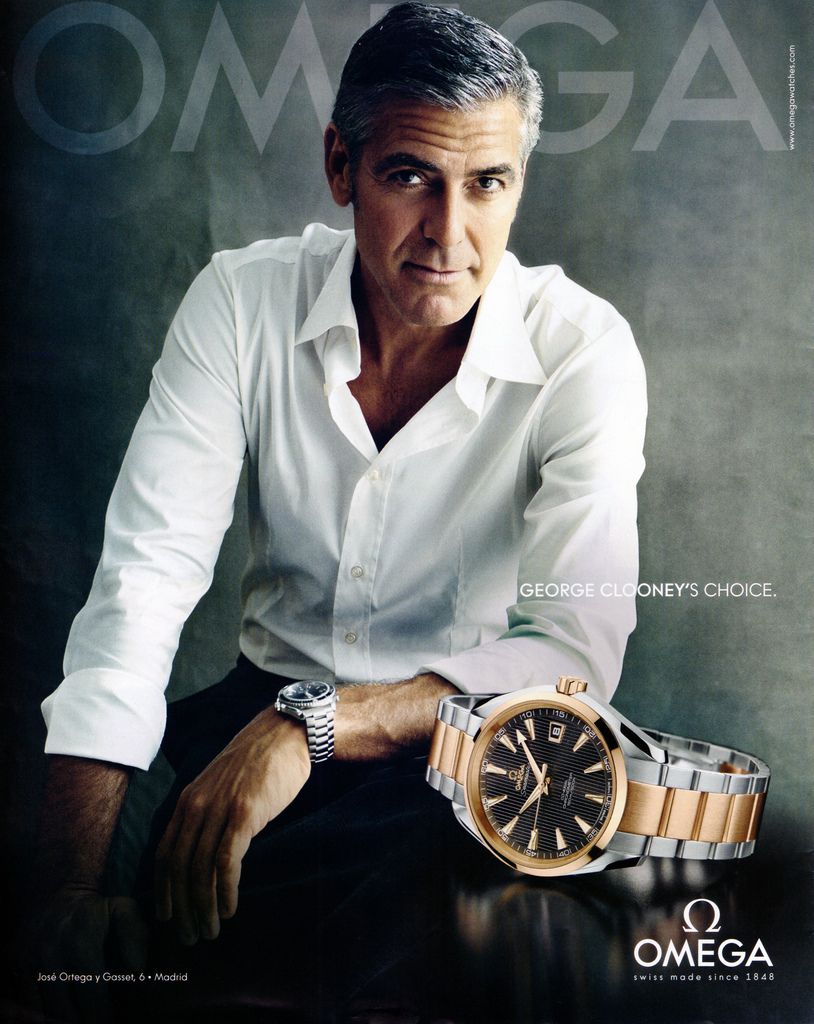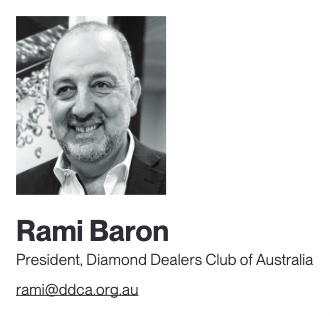
Your ability to decode the title of this article will largely depend on your age and whether you’ve come across it before. Why is it relevant? I will reveal that at the end.
I was reading an interesting paper on marketing and how, all too often, we are short-sighted in business. We all appreciate that business comes in ebbs and flows. Prior to Covid, business was okay, in some cases tough, and in others, we plodded along. Covid hit, and the diamond jewellery sector benefited enormously.
As I’ve discussed previously, it’s very difficult to stop and reflect on our businesses, but it’s even harder to stop and reflect on our industry.
Sometimes you are part of a group, association or just a WhatsApp group which will discuss the impact of various changes. Clearly, lab grown diamonds have monopolised the diamond conversation.
What if you were to step back further and ask yourself what business you are really in?
Before you answer that, I want us to reflect on the number of other industries that failed to ask this exact question.
Let’s take a walk down memory lane. When the railroad industry began, they saw themselves as a railroad business, not as a transportation business. The problem was that they were “product orientated instead of customer orientated” and as a result they lost millions of customers to trucks and planes. The railroad business didn’t see the opportunities. They lacked the imagination to see themselves as being in transportation in the broadest sense.
Hollywood defined itself as being in the movie business. They did not see themselves as being in the entertainment business. So many big film production companies disappeared with the introduction of television. We only need to look at video stores to see how quickly things can change. In 2004, Blockbuster video and DVD stores were at their peak, with 9,000 stores employing 85,000 people. Six years later, they filed for bankruptcy, and four years after that, the last 300 stores were closed.
The corner store and grocery store chains saw themselves as untouchable. They never believed that the supermarkets would survive. In fact, a quote in the newspaper at the time said, “it’s hard to believe that people will drive for miles to shop for food and sacrifice the personal service that chains have perfected and to which the consumer is accustomed to”. Today, not only have supermarkets dominated, but Covid resulted in us ordering our shopping online. We’re even seeing an interesting service like Milkrun, allowing essentials to be delivered to your door within 10 minutes of ordering.
Today, television is threatened by the web and digital streaming. In reality, Netflix is in stagnation with its subscription model. In April this year, Netflix lost two-thirds of its market value. Most of us have a TV at home, but who is watching it? Most teenagers watch all the streaming on their phones.
There is no major industry that didn’t believe at various stages that their strength lay in the unchallenged superiority of their offering.
Years ago, the independent family jewellery business never believed people would buy jewellery from a chain store. Imagine what those jewellers would have thought about people buying diamond rings, sight unseen, from a company overseas, from someone they’d never spoken to, and trusting that payment would be facilitated via this crazy thing called the Internet.
I challenge you to ask yourself, what business are you in?
It’s easy to laugh and say I’m in the jewellery business, or I’m in the diamond business, but are you?
I think we are in the customer experience business.
The consumer doesn’t buy jewellery because they need it. They buy it because it elicits or satisfies an emotional need or desire.
Maybe we are in the symbol business or a business that actualises dreams of wealth and status – the Rolex watch, for example.
I know I’m speaking to the converted, so bear with me and indulge me for a few more sentences.
Those of you who are successful diamond jewellery retailers will pride yourself on the experience you give to your customers. However, you accept that they could buy a diamond ring from 50 other businesses.
I don’t want to focus on what makes you different or what your USP is. I want us to challenge the status quo.
Maybe the future of our industry includes the ability to 3D project digitally onto our fingers, wrist, ears, and neck. Our customer could be buying both the physical and the digital file or NFT with the actual jewellery being at home. They could use these projected images on themselves, allowing them to chop and change as they see fit or to whatever suits what they are wearing on the day.
What happens to jewellery insurance in a situation like that? I am out of a job 😊

We must think of our businesses and industry as a ‘customer satisfying process,’ not in terms of producing something. All industries start with a great idea, raw materials, and the ability to sell it. We always focus on how we are going to deliver this product to the market, and then we focus on the smarts of making it. It’s as if we are doing things in reverse, because then we start to hunt for raw materials to make our product.
We all fail to stop and consider that our customers rarely truly care about how things are being made (though, of course, showcasing your skills in crafting a piece of jewellery will always have a special cache).
Don’t confuse selling with marketing. Selling is the tool we use to convince people to exchange money for our products. Marketing must look holistically at the entire business and how it can stimulate and satisfy customers’ needs and simultaneously integrate the entire business process.
If we fail to be bold with our thoughts, we will fail to inspire those around us to look beyond the obvious. What is more problematic is that we might be in an industry that has stopped growing.
I am not trying to be ominous or negative, as those who read my articles know it’s not my style. But I do like to challenge the status quo.
The title of this article is MCMLX. The roman numeral MCMLX equates to 1960. A Harvard professor, Theodore Levitt, wrote a paper called ‘Marketing Myopia’ in 1960, sixty-two years ago. This is the basis of this article.
To the next generation coming through and to those who have been in it for a while, it’s amazing what we can learn from the past.
Trade well.

Read below for related stories: